Frederica Freyberg:
Now, a lot of voters have been looking over the shoulder of our next guest this election season. He’s the director of the Marquette University Law School Poll. Charles Franklin joins us now to interpret his latest poll results. Thanks very much for doing so.
Charles Franklin:
Thanks for having me.
Frederica Freyberg:
Well, you know, we just watched that terrific story from Zac Schultz about voter turnout, and I wondered how much the traditional kind of get-out-the vote ground game, as Michelle Obama was talking about, actually moves the eventual outcome.
Charles Franklin:
Well, as Zac showed, the big changes are from presidential to off year. So an effective get-out-the-vote effort doesn’t raise an off year up to a presidential year, but it makes a marginal difference. Ask anybody who’s lost an election by 2,000 or 3,000 votes how important turnout is . I think they’ll tell you it’s awfully important.
Frederica Freyberg:
Absolutely. All right, well, let’s get back to your poll numbers then, and this week your poll showed in the governor’s race among likely voters a dead even race, 47% to 47%, with 4% undecided. Why the swing from the last poll?
Charles Franklin:
Yeah. It’s hard to say why. Within the data we see that Independents moved from pretty strongly favoring Governor Walker to by one point favoring Mary Burke. Walker has generally led among independents, but it was large last time and it’s one for Burke this time. We also, speaking of turnout, saw an upsurge in the likelihood of voting in independent voters. So they both narrowed the gap and there was some uptick in turnout. Now I haste to add that turnout is still fluctuating and especially among independents. It could change yet again. But that’s what happened in our data from two weeks ago to now.
Frederica Freyberg:
So independents are the key to the kingdom here, and we have your results on that. Mary Burke at 45%, Scott Walker at 44%, those are likely voters. And how big of a deal is that result?
Charles Franklin:
Well, it’s certainly important in that– Look, Republicans are going for Scott Walker at 96%. Democrats are going for Mary Burke at 94%. And those two numbers have not moved for the last five months. Where does that leave it? Then it leaves it with independent people who aren’t strongly anchored to their party and with their turnout intentions. And so, again here, if this race were being led by eight or nine points by one candidate, small variations in turnout wouldn’t matter. But over the last few months our data have shown a three-point Walker lead, a one-point Burke lead, a two-point Burke lead, a three-point, a five-point and a zero. So in this very narrow range small changes in turnout make a difference.
Frederica Freyberg:
Putting on your political science cap instead of your pollster cap, what is happening in the campaigns that is moving this independent thing?
Charles Franklin:
Well, some of it is the appeals of the campaigns, the kinds of ads you have. I think it’s also likely that– We went through a stretch where the Burke campaign was on the defensive over the jobs plan issue and the copying there. Maybe it was a little bit off message. But I’d say in the last two weeks or so we’ve seen both campaigns really get back on their game plan of advertising about the things they care the most about. And in an evenly balanced campaign, both sides are pretty effective.
Frederica Freyberg:
Let's move on to the gender gap thing. Two weeks ago this was a remarkable gender gap, and now what happened?
Charles Franklin:
Right. Well, this is another area where there’s a big swing and then an opposite big swing. Two weeks ago independents who leaned to the Republican party and were male really upped their enthusiasm for voting. That drove most of the change in the gender gap. Women were up a little bit. Now women are down, but not by very much. But men have come back up quite a bit. These are things that you can try to put a lot of substance to or you can recognize that they vary a lot. During the Thompson/Baldwin race, Tammy Baldwin's gap among women ranged from four to 18 points. Thompson’s ranged from actually negative two to 19 points. I think if people think of this as a fixed number, they’d be surprised. If you realize how much it actually varies over a campaign. It’s maybe not so surprising.
Frederica Freyberg:
Those crazy voters. All right, let’s go to the attorney general’s race. That too, is dead even. It’s always exciting in Wisconsin. But the really big number in the attorney general’s race, putting Brad Schimel and Susan Happ at 42%, is that your survey showed that more than 70% don’t even know about these candidates.
Charles Franklin:
Learning about these two candidates has been amazingly slow. It's over three-quarters that don’t know either one of them. That's down a little bit from where they began in the 80s, but it’s remarkably high. I think it’s an argument for television advertising, if you want to know the truth. With little advertising for them, with outside groups not advertising for them, voters simply haven’t been exposed to their names often enough to pick them up. We’ve still got a little over two weeks, but you know, it's not much time for voters to become familiar with them.
Frederica Freyberg:
We don't have a lot of time left, but you have voter involvement and participation, independents 80% certain to vote, 70% of Republicans very enthusiastic, 66% of Democrats, 60% of independents very enthusiastic. How does that compare historically?
Charles Franklin:
Well, historically this is turnout that’s a bit down, certainly down noticeably from 2012 in the general election. It’s turnout right now that looks a little bit down from where it was in the recall election. But it’s still a strong turnout. Voters in surveys usually overstate how likely they are to vote. But that’s partly because they’re telling the truth, but you’re a little more involved if you agree to do a poll than if you’re not agreeable to do the poll. So this is actually probably a plausible story, that we're down a little bit from the recall, but still up from the 2.1 million that voted in the 2010 gubernatorial election.
Frederica Freyberg:
All right. Well, Charles Franklin, thank you very much for being here.
Charles Franklin:
Thank you.
Search Episodes
News Stories from PBS Wisconsin

Donate to sign up. Activate and sign in to Passport. It's that easy to help PBS Wisconsin serve your community through media that educates, inspires, and entertains.
Make your membership gift today
Only for new users: Activate Passport using your code or email address
Already a member?
Look up my account
Need some help? Go to FAQ or visit PBS Passport Help
Need help accessing PBS Wisconsin anywhere?

Online Access | Platform & Device Access | Cable or Satellite Access | Over-The-Air Access
Visit Access Guide
Need help accessing PBS Wisconsin anywhere?

Visit Our
Live TV Access Guide
Online AccessPlatform & Device Access
Cable or Satellite Access
Over-The-Air Access
Visit Access Guide
 Passport
Passport

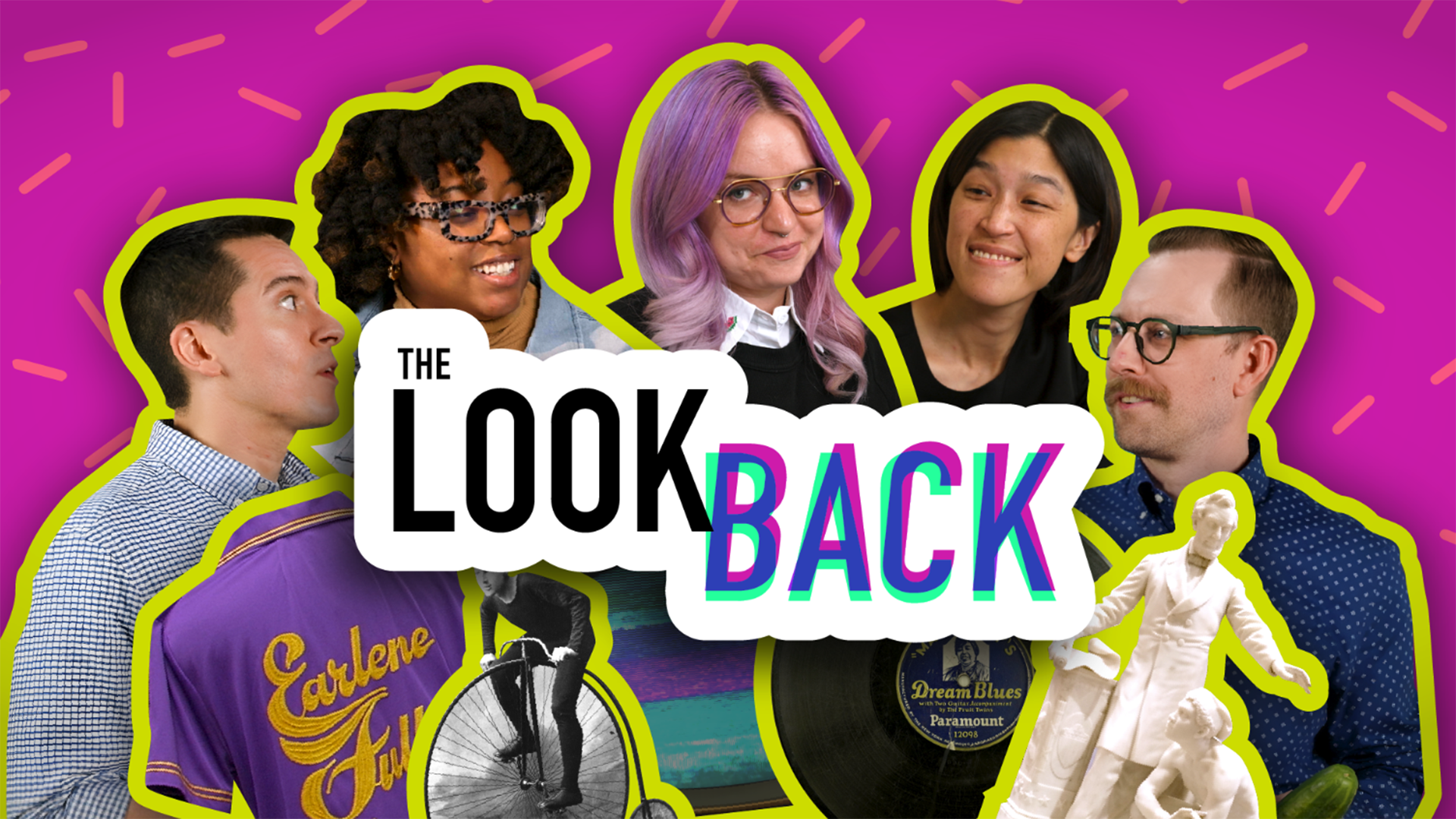
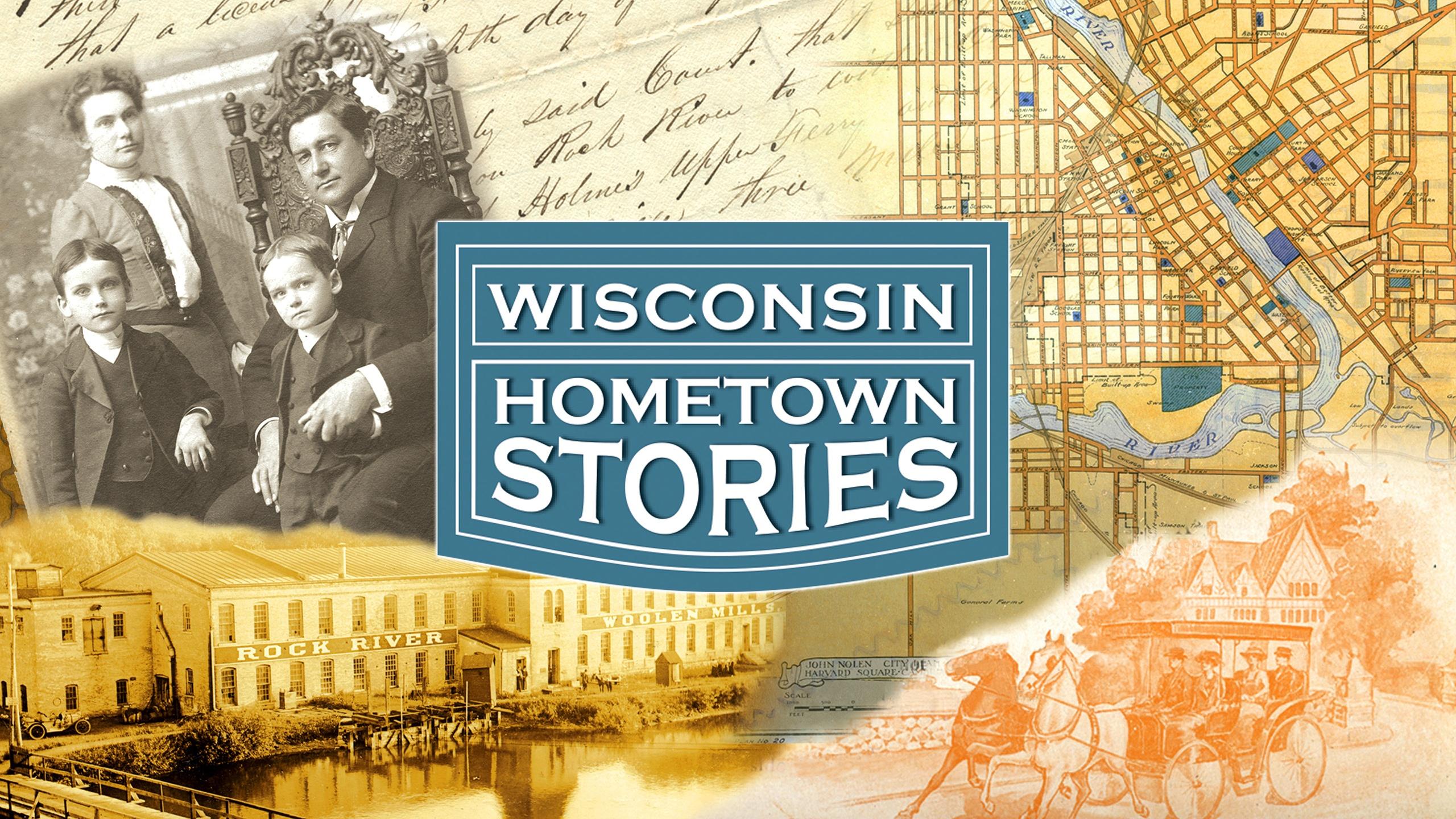
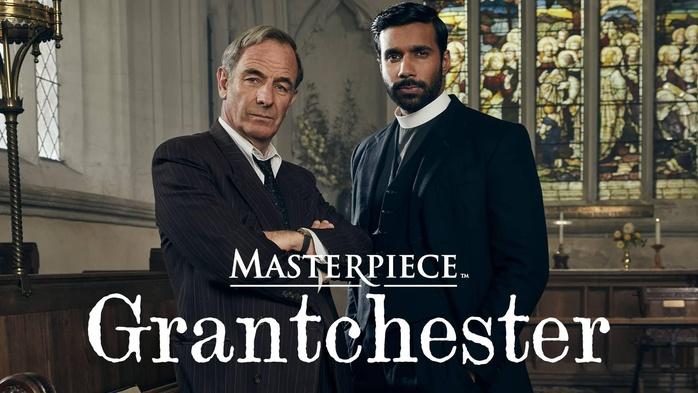

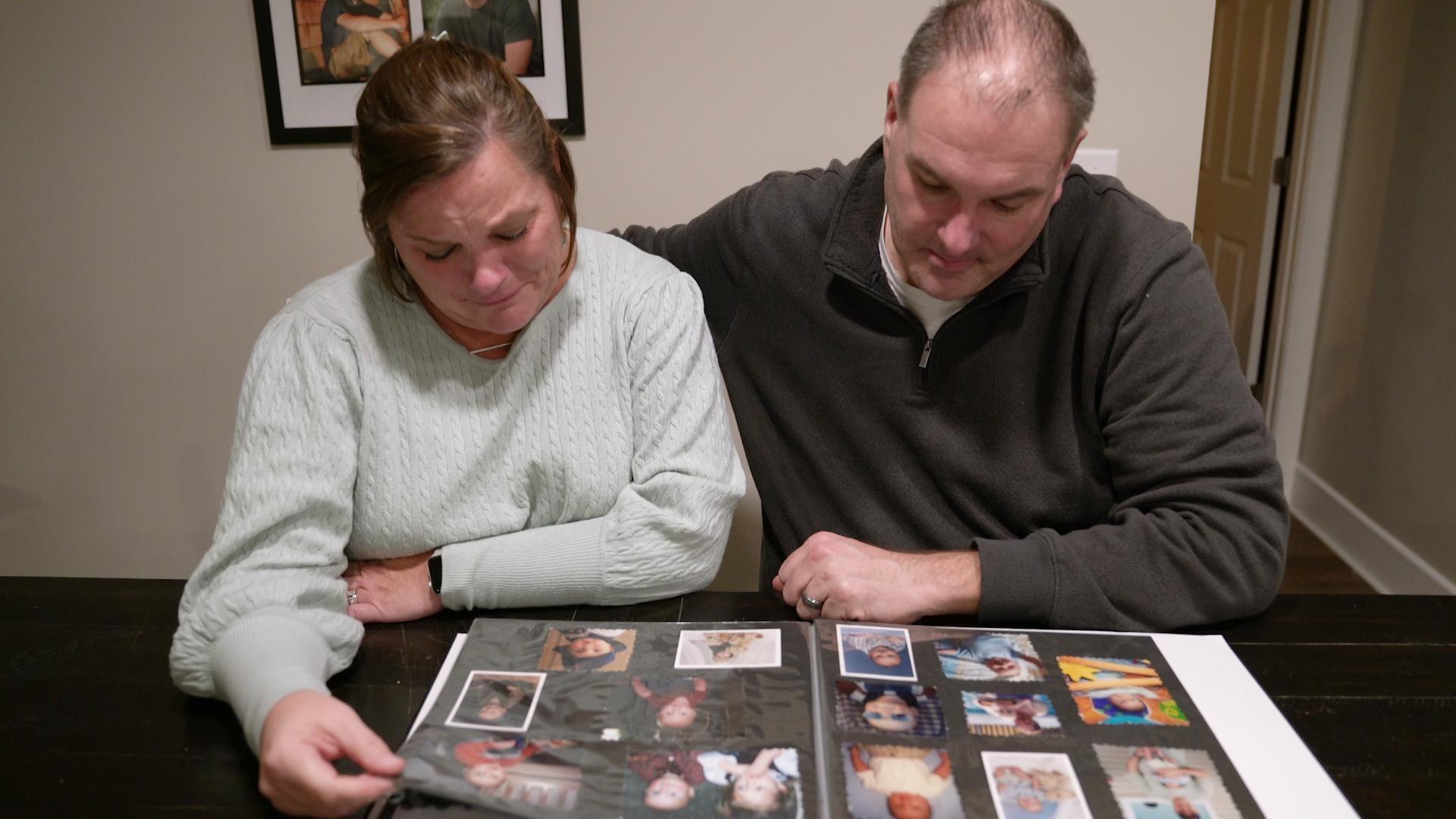
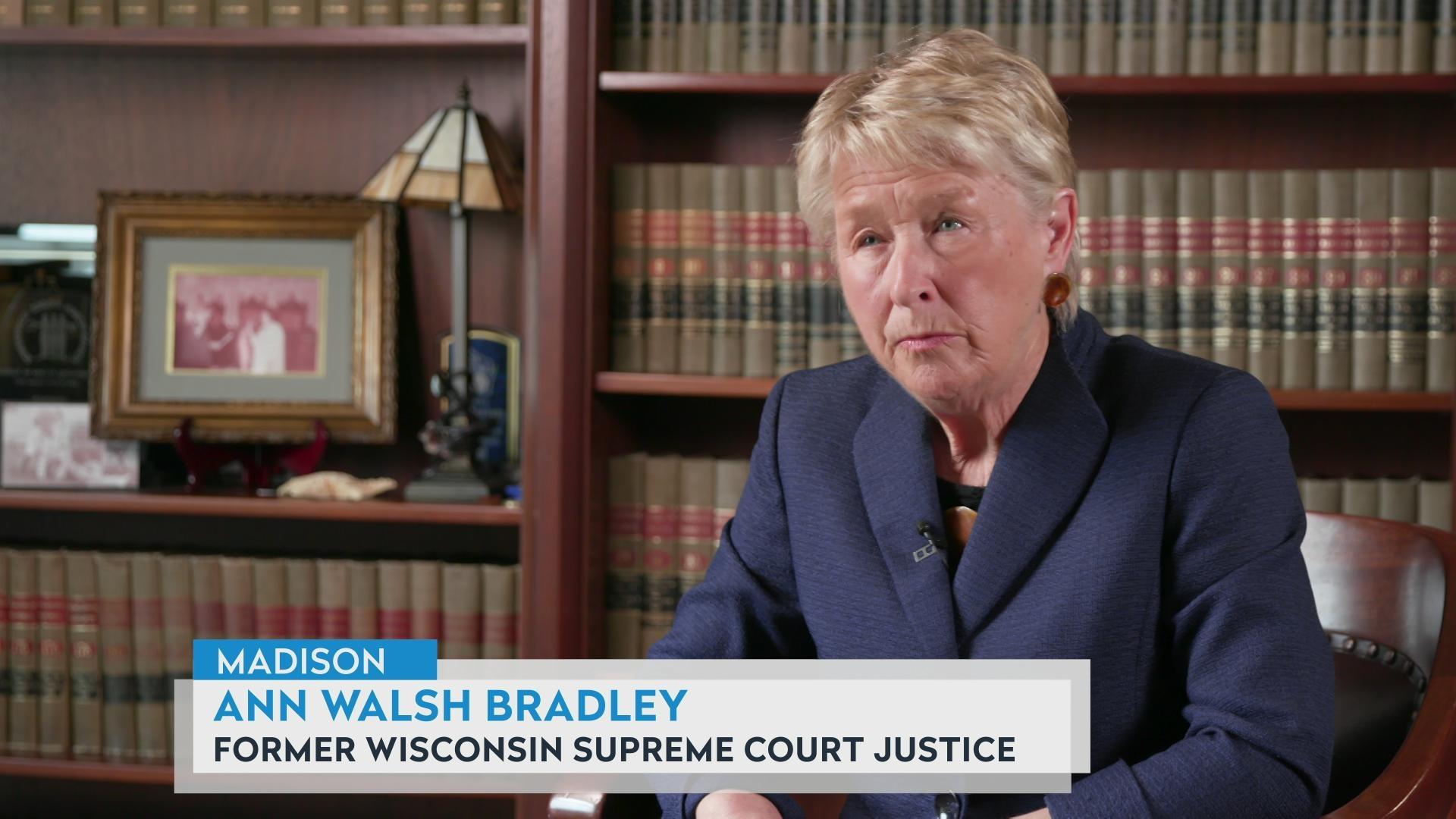
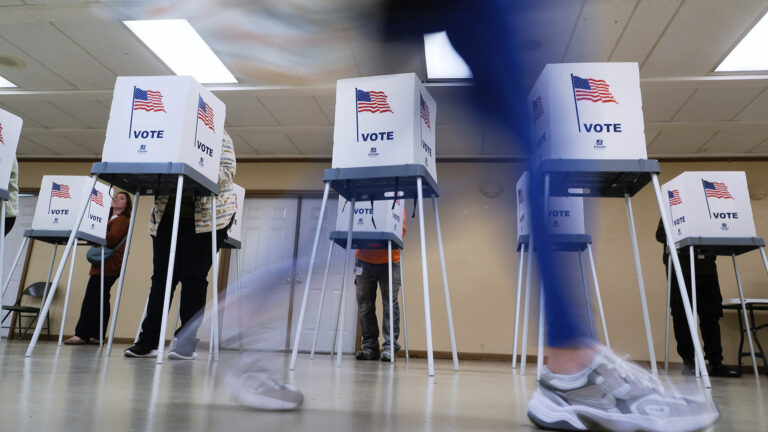
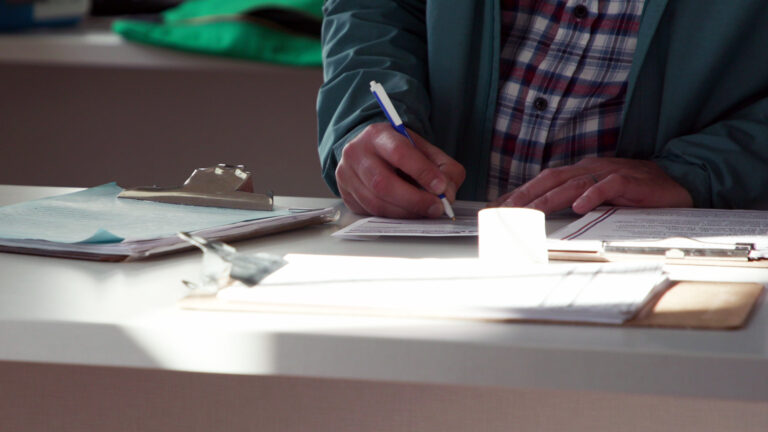
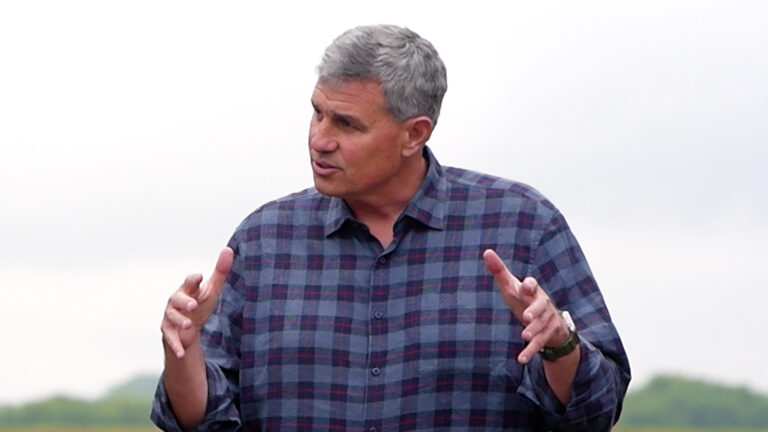
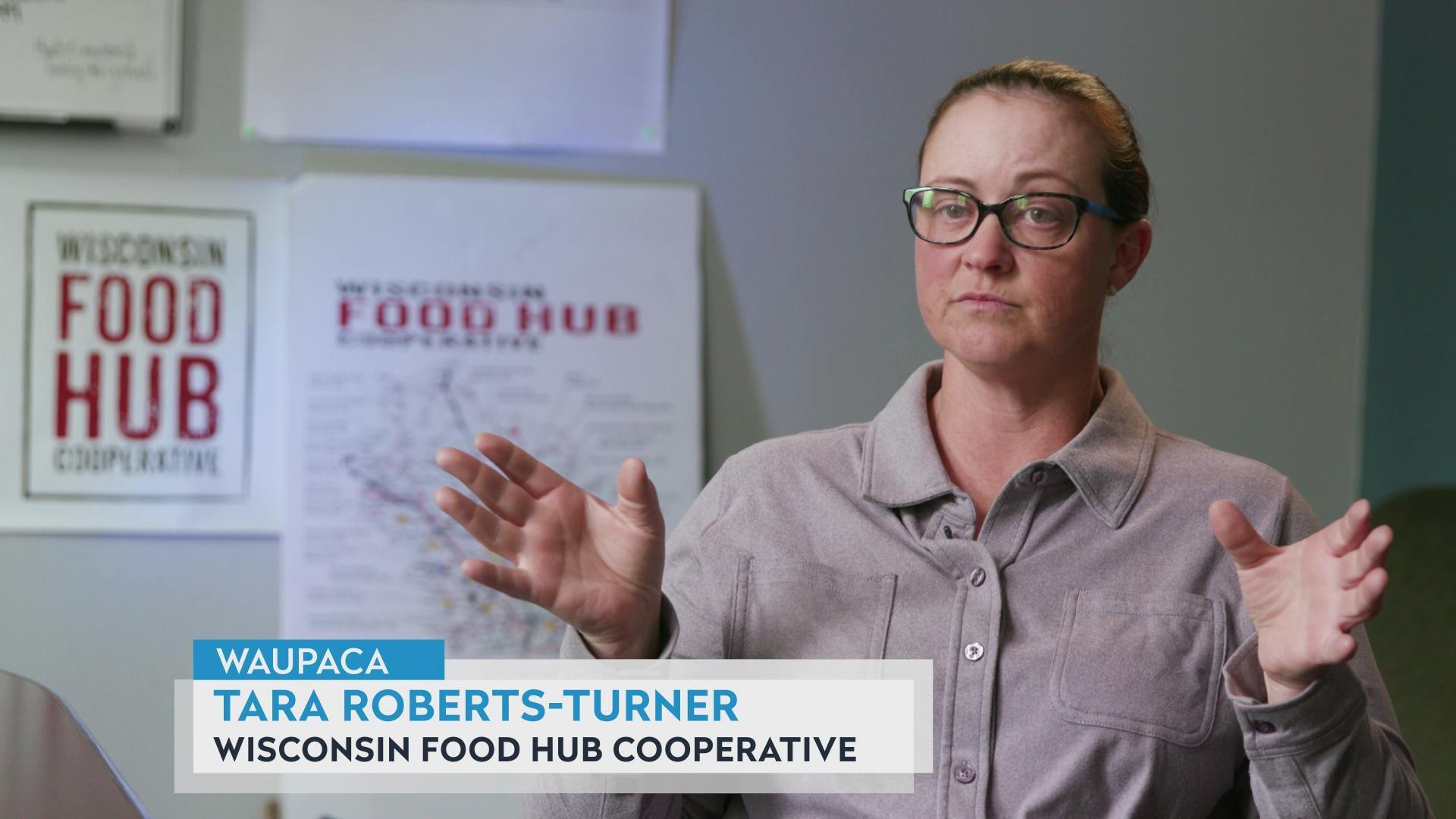
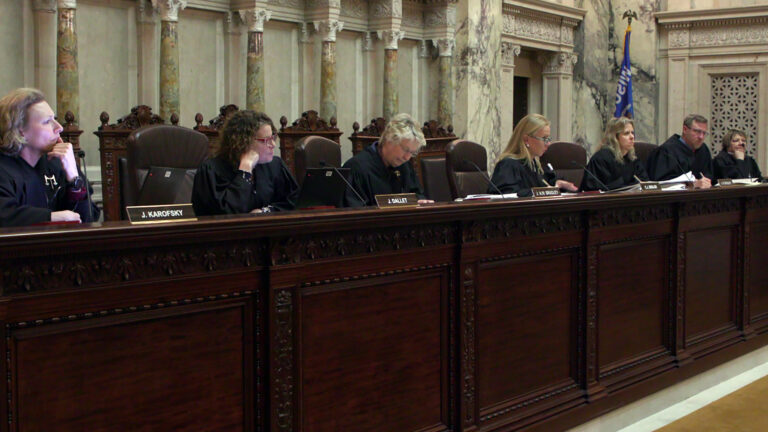
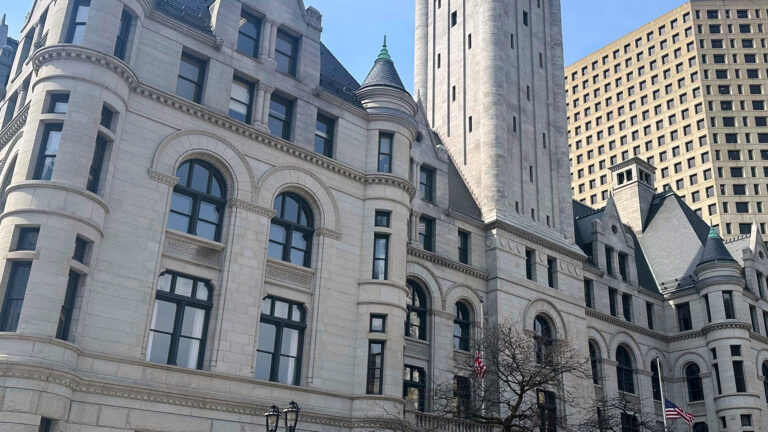
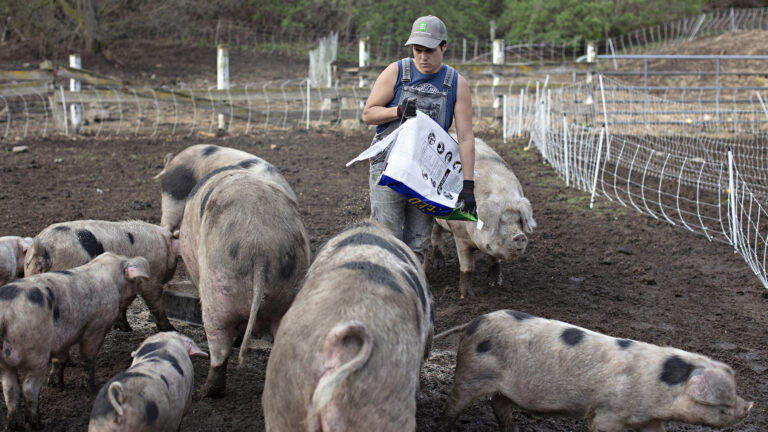

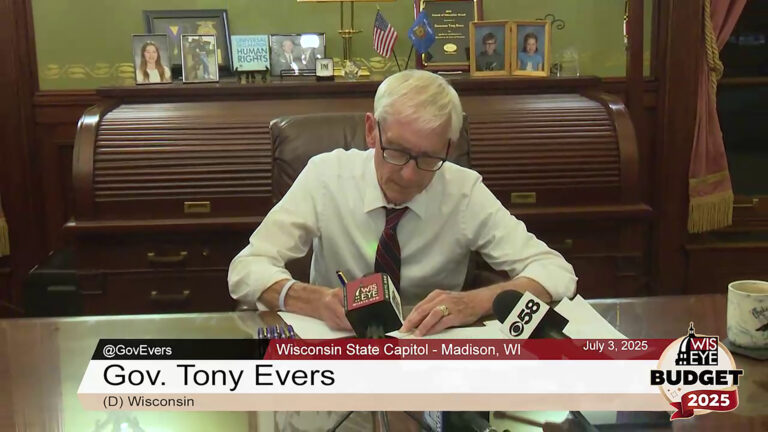


Follow Us